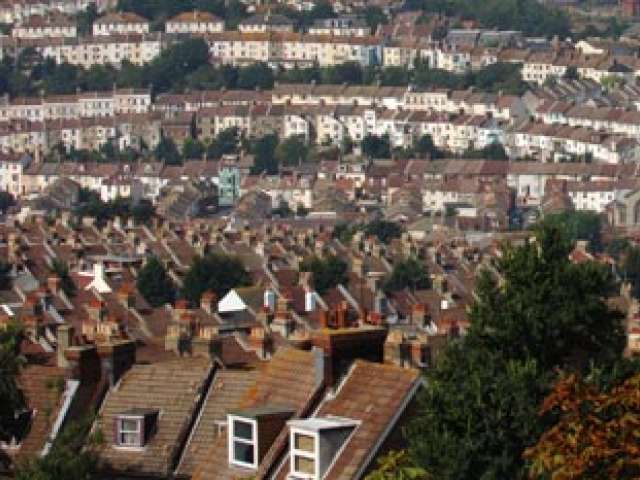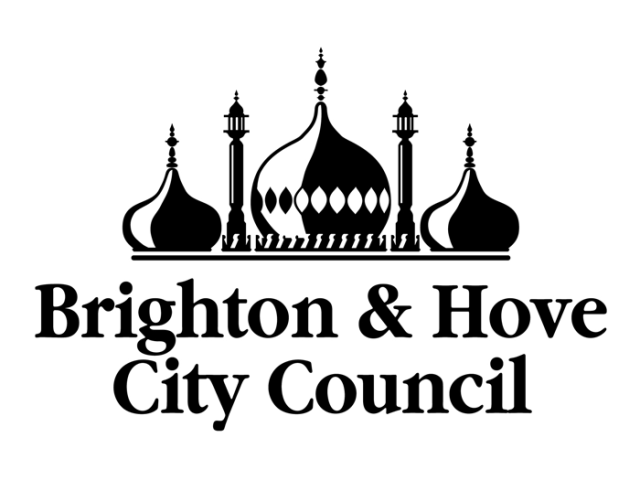City Plan will support carbon reduction and biodiversity
Reducing waste and re-using materials, improved management of green open spaces and attractive environments for walking and cycling will reduce carbon emissions in future development and increase the biodiversity of the city’s plants and wildlife.
Policies in the City Plan Part 2 support the city’s aim to become carbon neutral by 2030. The plan will be discussed at city’s first ‘virtual’ council meeting this Thursday (23 April).
A requirement to reduce carbon agreed in the first part of the City Plan has been extended to all developments in City Plan Part 2 which encourages all developers to go as far as possible to reduce carbon emissions.
Supporting local priorities
It also encourages developers to demonstrate through design how they have considered the ‘circular economy’ by re-using and recycling, minimising the use of new materials, using existing structures where possible, and planning in waste reduction from the start.
Councillor Anne Pissaridou, lead member for environment, transport and sustainability said: “The city will need more homes, employment space and improved infrastructure over the next 10 years and I welcome the fact that the policies set out in the City Plan strongly support our priorities to tackle the climate and biodiversity emergencies. It will help keep us on the right track and ensure all new development reduces carbon emissions as far as possible.”
City Plan policies
City Plan Part 2 policies include:
- Tougher energy-saving performance standards for new buildings
- Protection of the natural environment and encouragement of food growing
- Encouraging the retention of buildings, structures and architectural features wherever possible and the use of good quality, long-lasting materials
- Wildlife-friendly development, such as installing swift boxes and bee bricks on new buildings
- Air quality considerations for new development and, where necessary, detailed assessments of air quality impacts
- Protection for trees and encouraging new tree planting
- Ensuring seafront developments are resilient to the effects of climate change and protect the coastal and marine environment
- Enabling energy-saving communal heating systems and integrated heat networks
- Protecting water quality
- Sustainainable drainage systems for all new buildings to improve resilience to flooding
Protecting open space and wildlife
An updated wildlife study is included in the plan which has identified 51 local wildlife sites in the city. This recognises their biodiversity and will help protect their natural habitats.
City Plan Part 2 protects most of the urban fringe (93%) at the edge of the city and development on any of the 16 urban fringe sites allocated will have to demonstrate low carbon measures and how it will improve and manage natural habitats.
Four urban fringe sites have been named as ‘local green spaces’ which provides special protection for areas considered to be particularly important to their local communities. They are:
- Hollingbury Park
- Three Cornered Copse
- Ladies Mile
- Benfield Valley
All four are important green spaces linking into the urban area and act as wildlife corridors and routes for people into the South Downs National Park.
In Benfield Valley a ‘special area’ policy allows for a modest development of 100 homes and will ensure long-term management, maintenance and improvement of the valley’s open spaces, while preventing large-scale development on the land.
Transport and travel
City Plan Part 2 asks developers to show how their plans will improve green infrastructure such as landscaping, the local network of green spaces, footpaths and cycleways.
It also supports low-carbon travel, electric vehicle charging points in new developments and will play an important part in achieving improved walking and cycling networks for the city.
High quality and convenient routes and environments, particularly when segregated from traffic, can encourage people to choose to walk and cycle more as an alternative to other forms of transport.
Contributions from developers will be used for the city’s public transport and cycle network as well as improving access to open spaces for residents.
More information
Read the reports for the council meeting (City Plan Part 2 is agenda item number 88). The meeting will be webcast.


